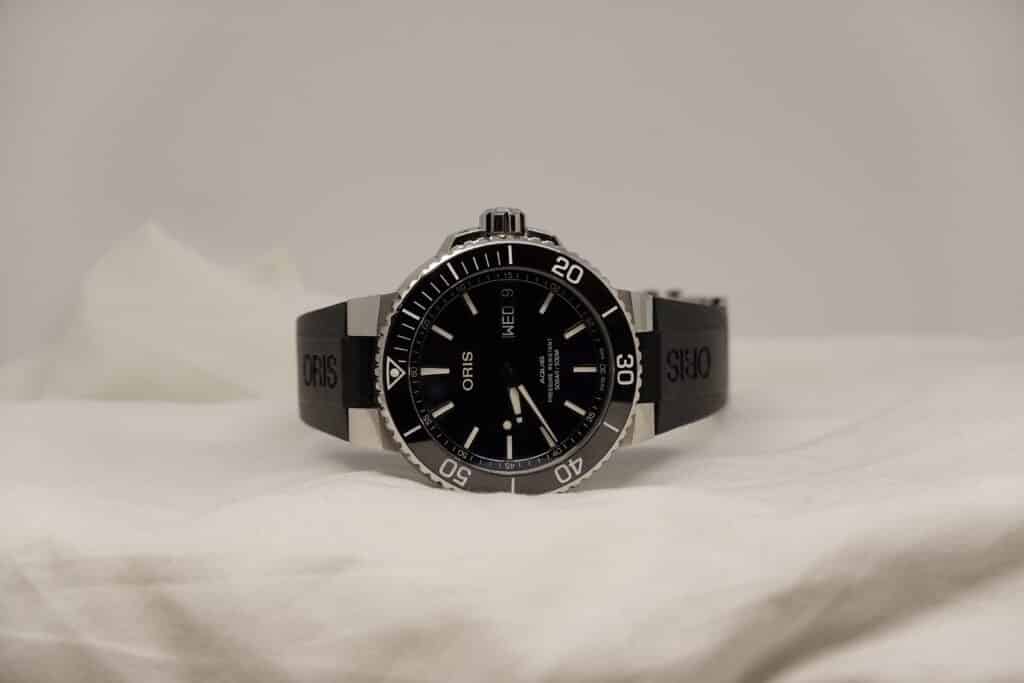Pre-owned market is not slowing down

A new study from Boston Consulting Group (BCG) and resale specialist Vestiaire Collective claims resale market is not slowing down. The estimated value of the apparel, footwear, and accessories resale market is between $100 and $120 billion worldwide, more than three times the size it was in 2020, according to the research.
That means the secondhand market is already worth 3% to 5% of the overall apparel, footwear, and accessories sector. And it could grow to as much as 40%. At the moment, those who buy secondhand products say that resale items make up around a quarter of their wardrobes. But this is expected to reach 27% as early as next year. Gen Z are the drivers here and are most likely to both buy (31%) and sell (44%) secondhand items, with millennials close behind.
Sarah Willersdorf, BCG’s global head of luxury and co-author of the report, said: “It is now certain that consumers have embraced secondhand and it’s changing the way they buy and sell their clothes. There is a tremendous opportunity for brands that enter this market to capture new customers while also appealing to existing shoppers motivated by sustainability, affordability, and exclusivity.”
Part of the growth is due to a bigger focus on sustainability, the study shows. Based on a survey of 2,000 people this year compared to one of 6,000 people in 2020, it said affordability is cited as the primary driver for buying secondhand items among more than half of respondents, but this trend is declining.
Product variety is now the second-biggest driver of consumption. Some 40% of buyers also view secondhand as their way to consume fashion sustainably, and the same number are choosing the secondhand market for the large choice and unique pieces it offers.
“The thrill of the hunt and opportunity to barter with sellers are also increasingly popular factors for purchasing secondhand clothing, with 35% of survey respondents reporting them as their driving forces,” we’re told.Sellers are key to the market, of course, and 60% of those selling secondhand items are looking to clean out their wardrobes and make room. That same number also reported a motivation to recover the residual value of their item and either spend it on secondhand (39%) or firsthand (20%) products, or in general (39%).
Buyers are increasingly also becoming sellers but not all of them get round to it. Some 30% non-sellers have something to sell but haven’t been able to find the time to list their items. In lieu of selling, 30% of respondents prefer to give their items away to friends or charities. Importantly too, nearly 60% of consumers have either discovered a brand or bought it for the first time secondhand, underscoring the strong opportunity for brands to increase their reach to new customers by participating in the resale market.
The report said that brands operating their own resale businesses may be useful, but the approach “can be resource intensive, and there can be limited customer reach, as well as volume and inventory risks”. It added that partnering with a resale platform “offers a mutually beneficial solution”, while exploring resale in stores without taking a deep dive can also help increase footfall and audience reach, and “allow players to participate in the circular economy while mitigating the risk that comes with counterfeit goods”.



Responses